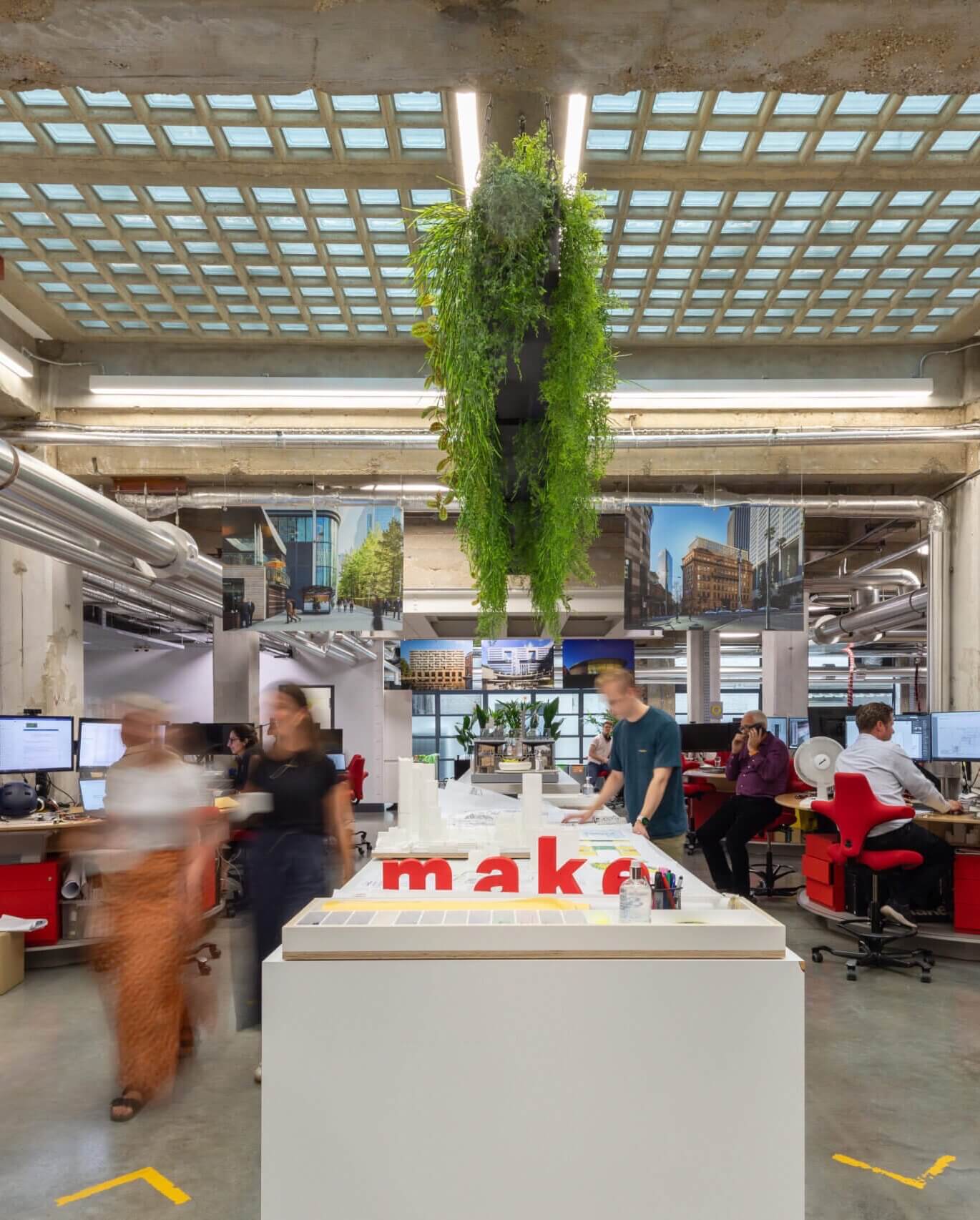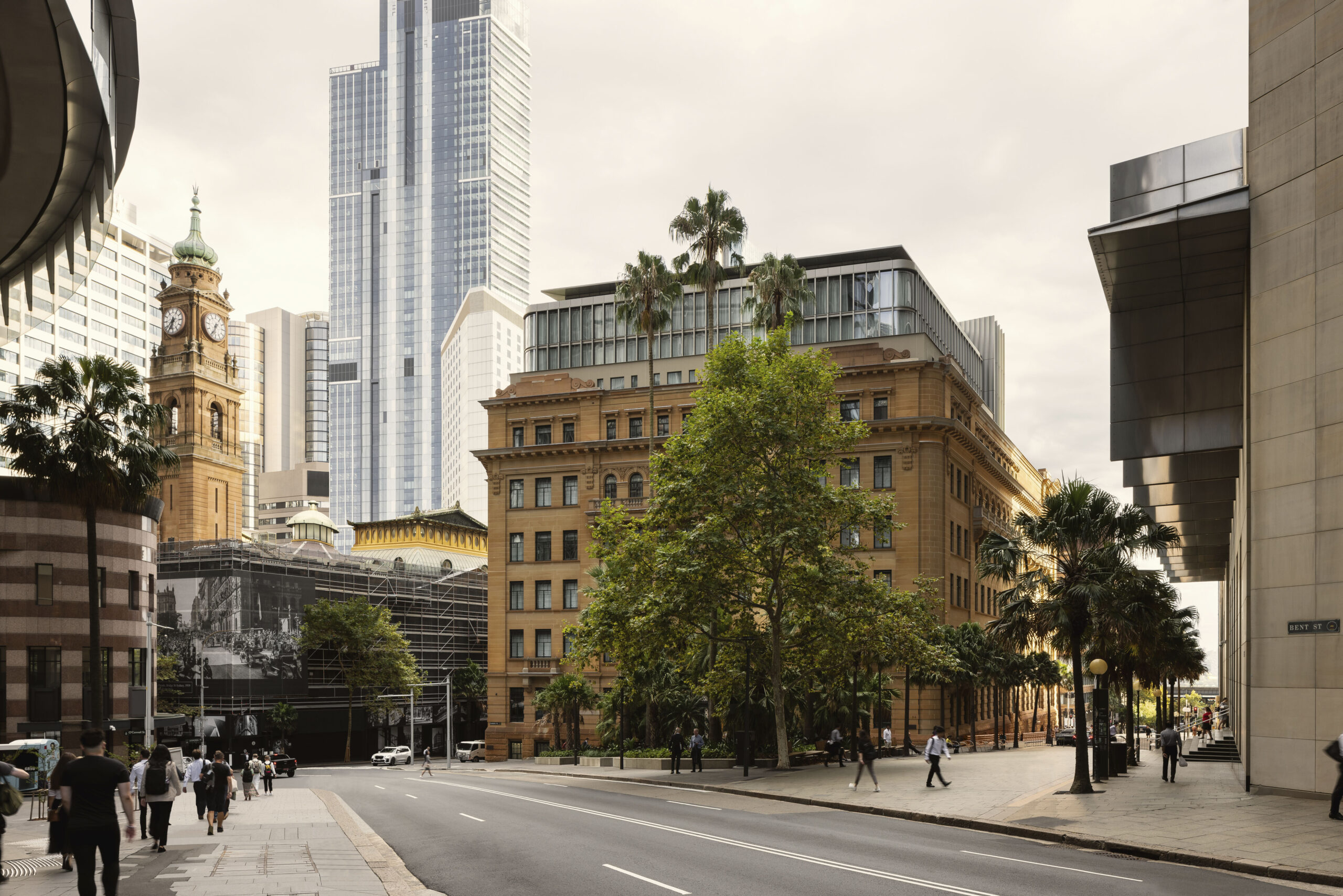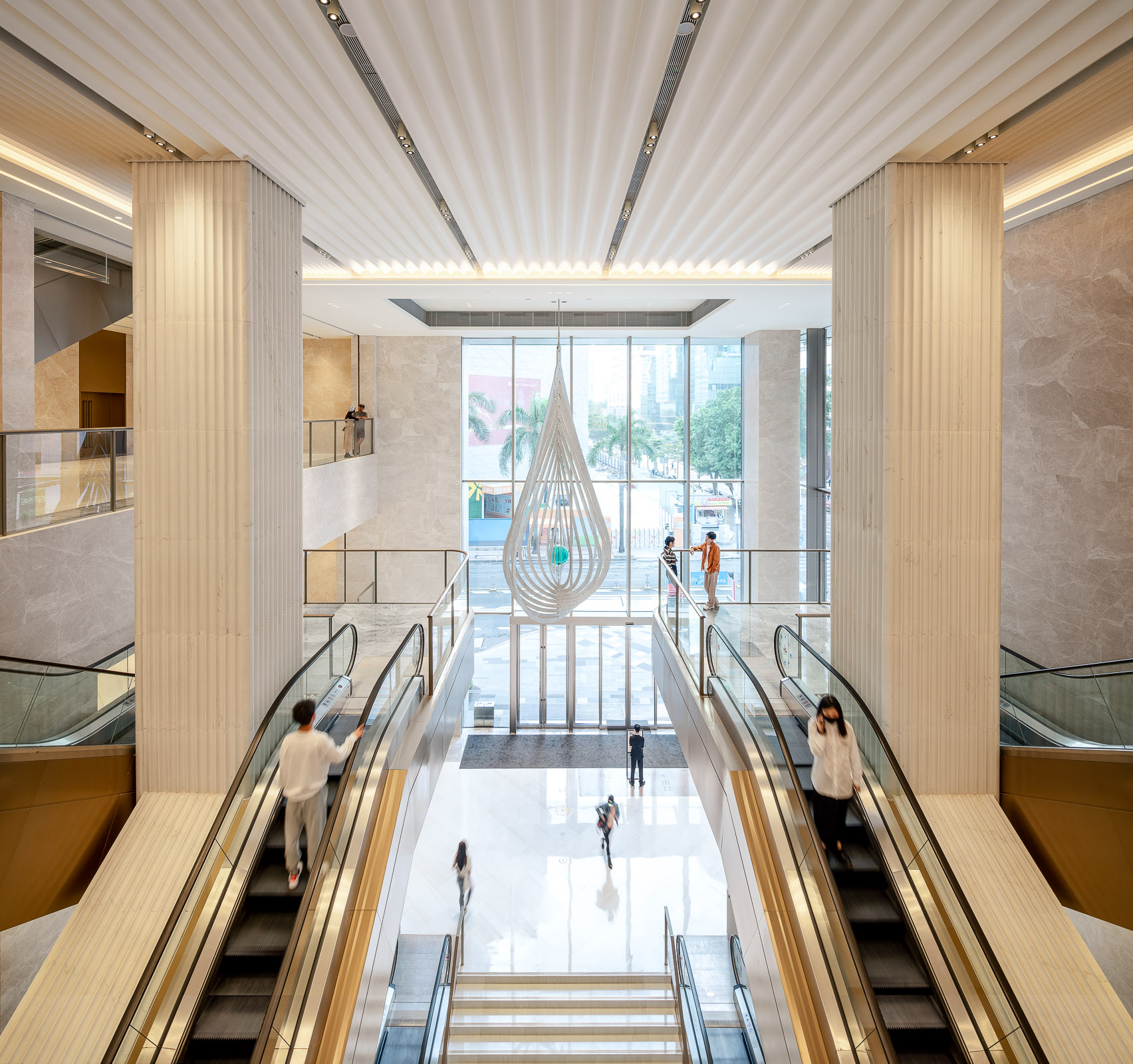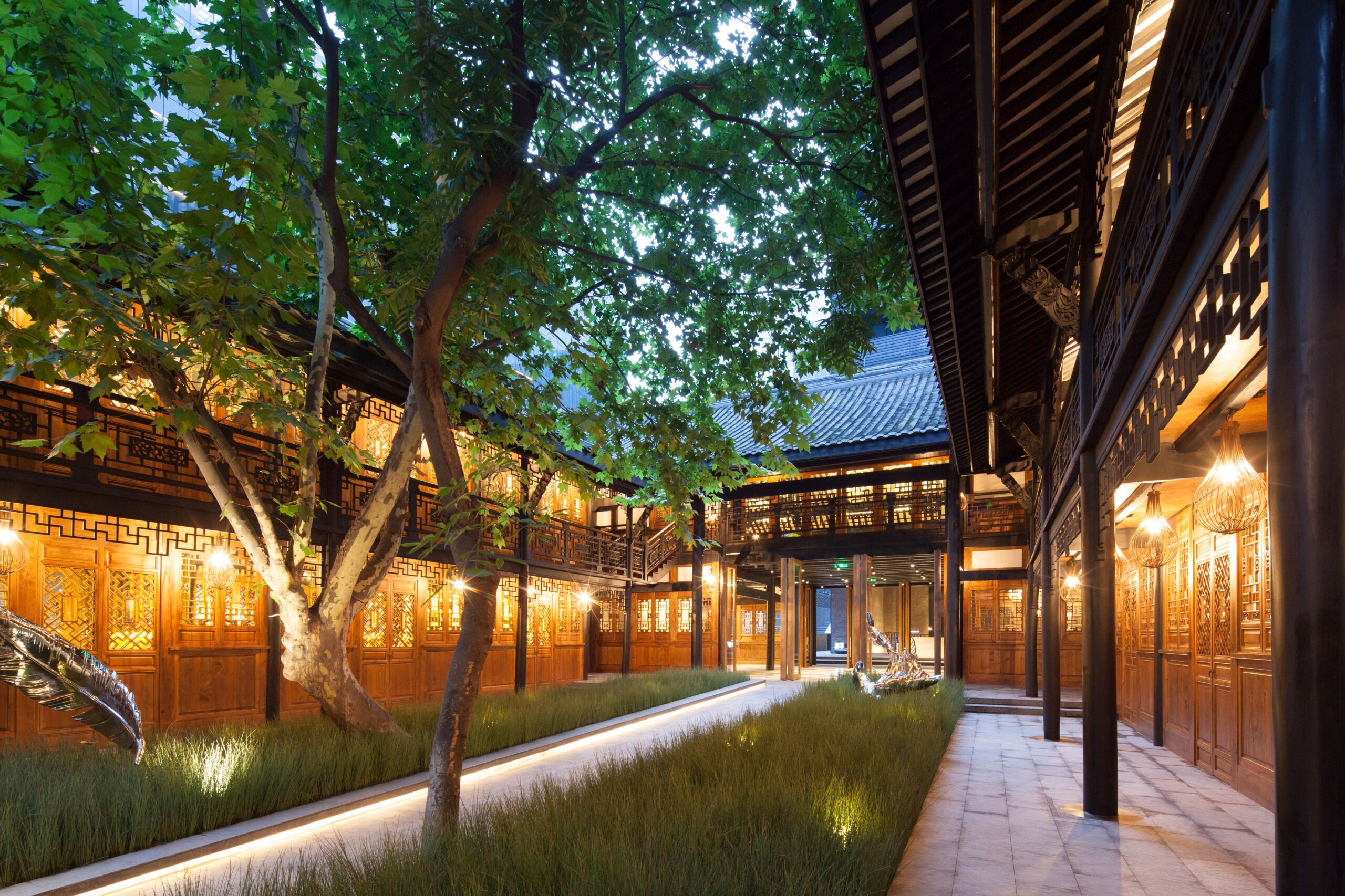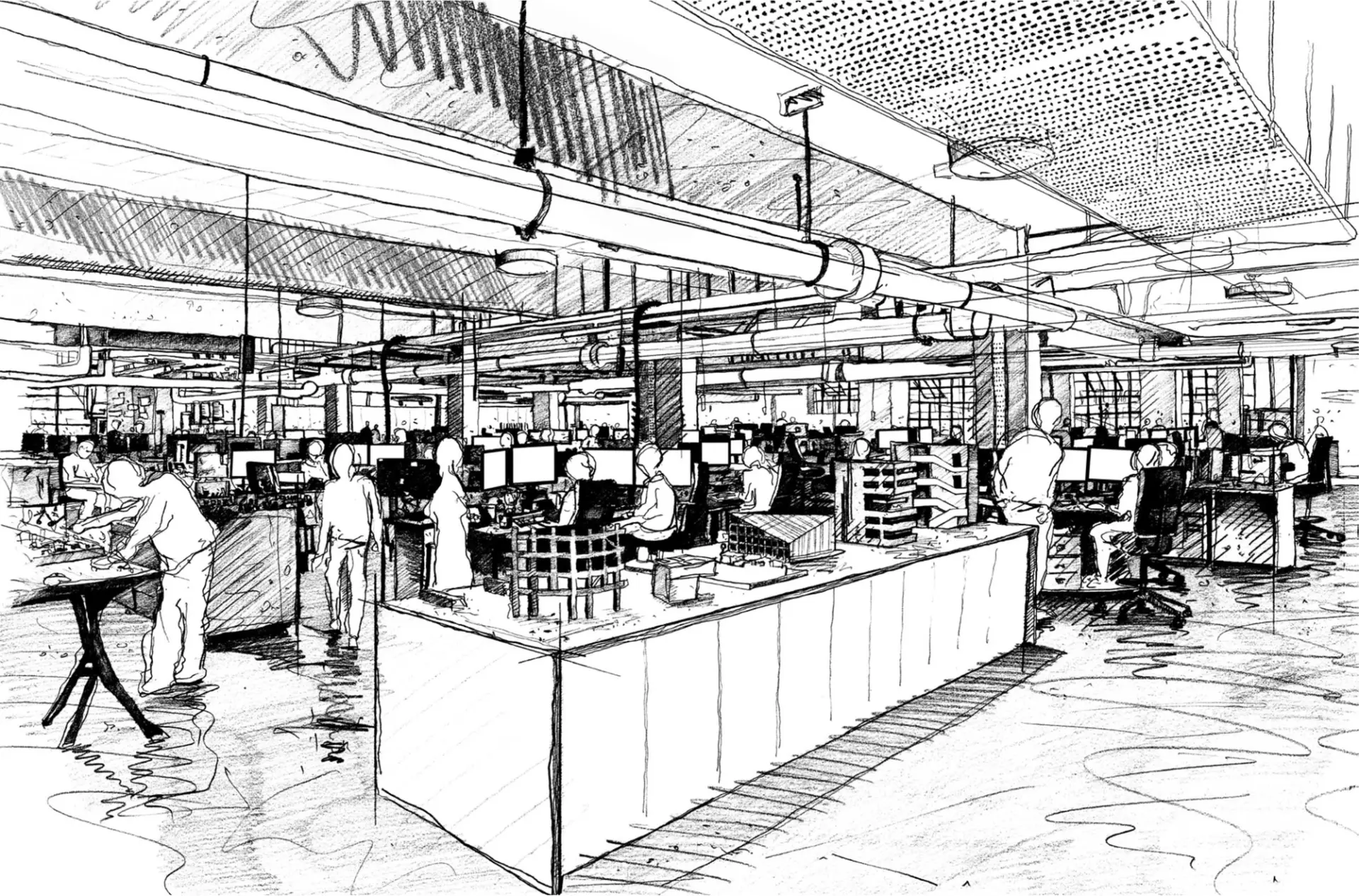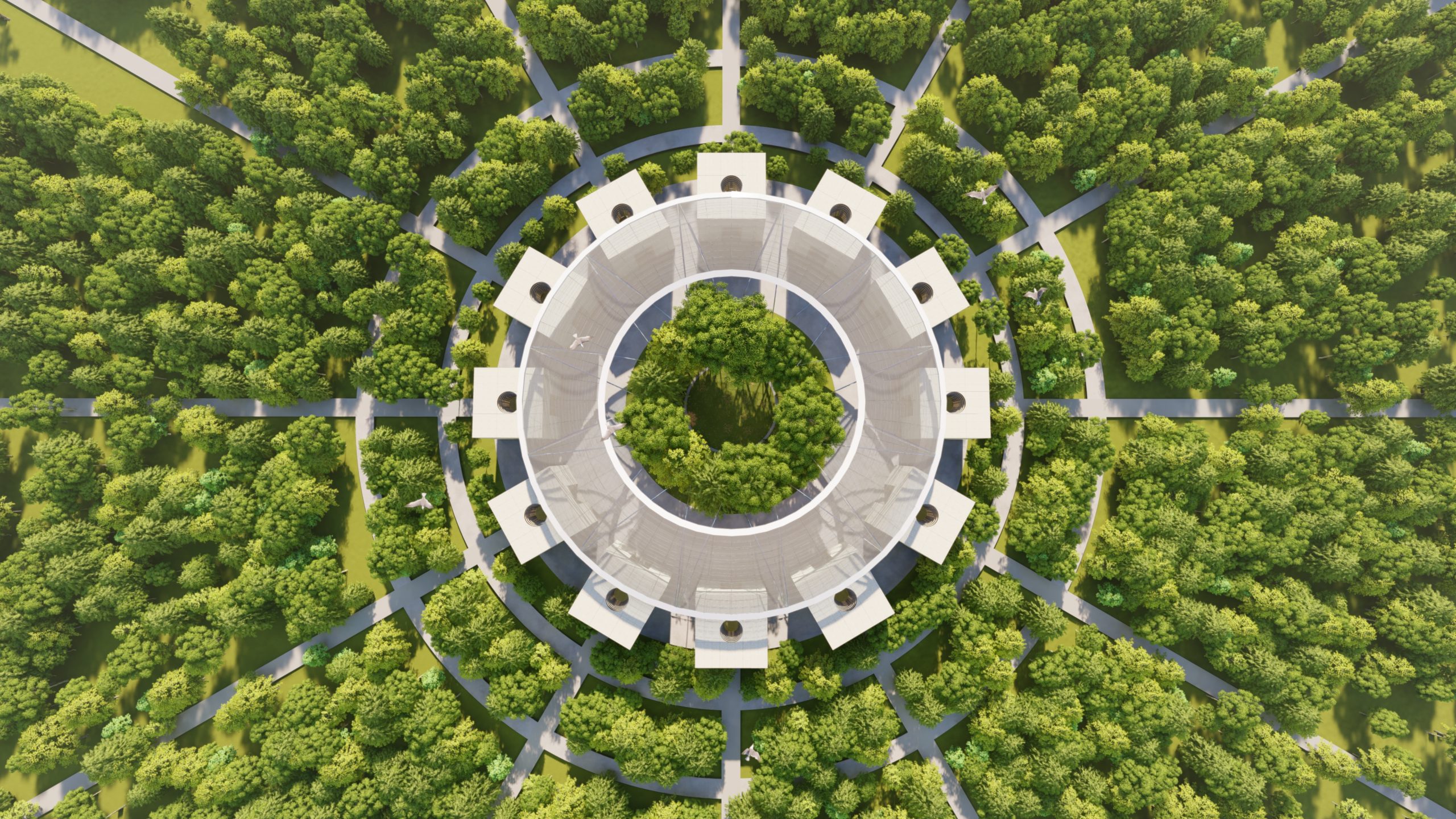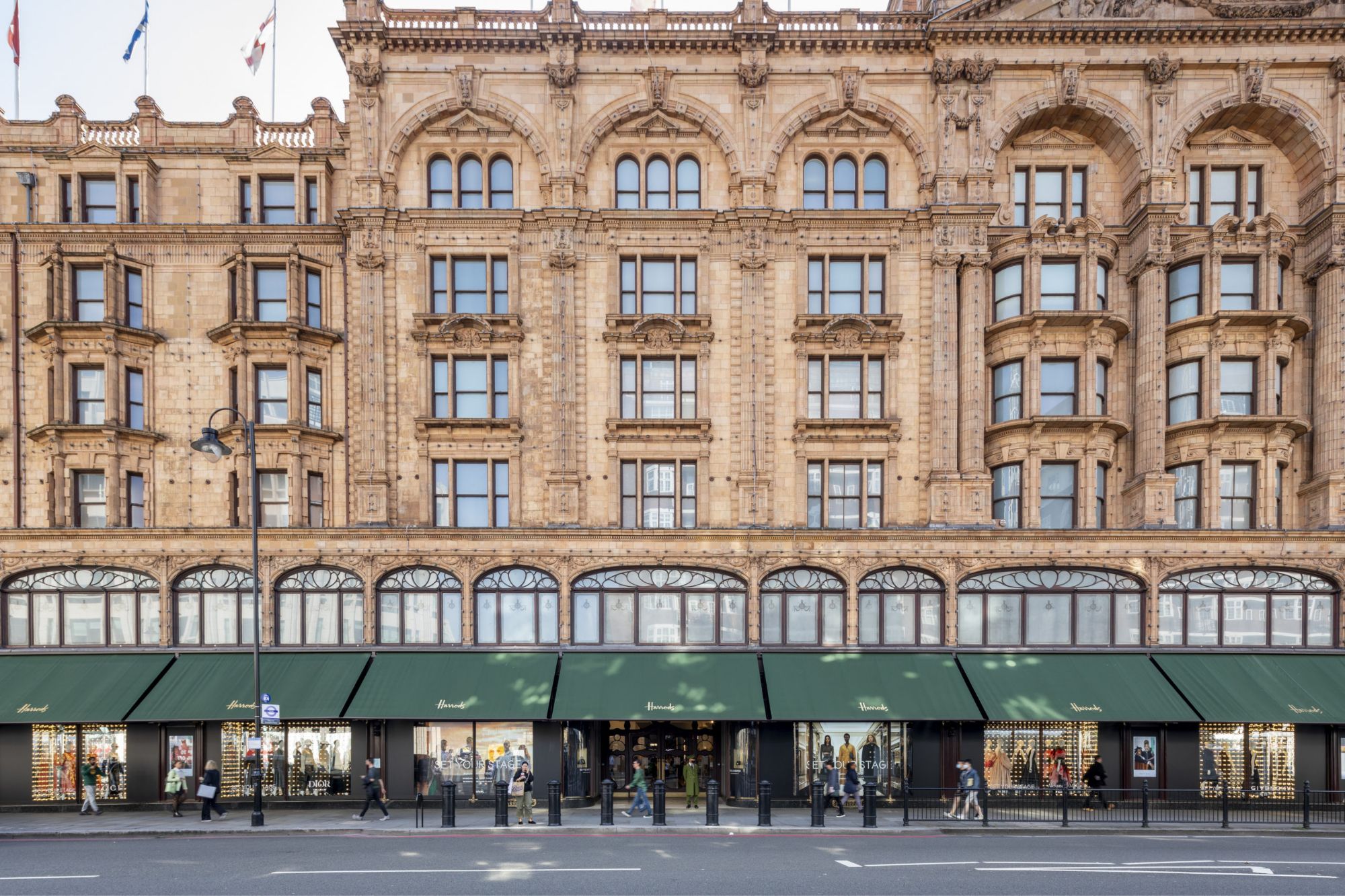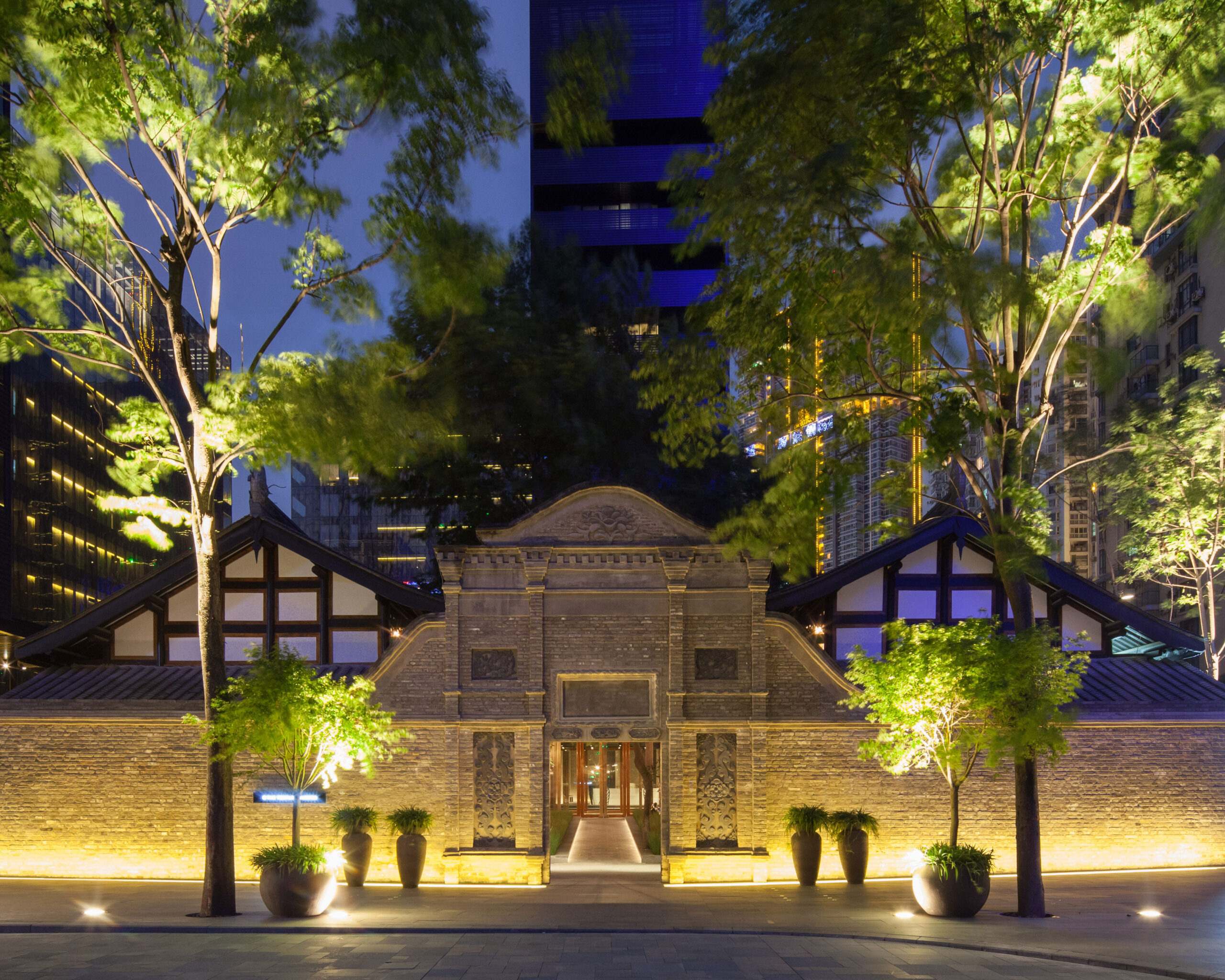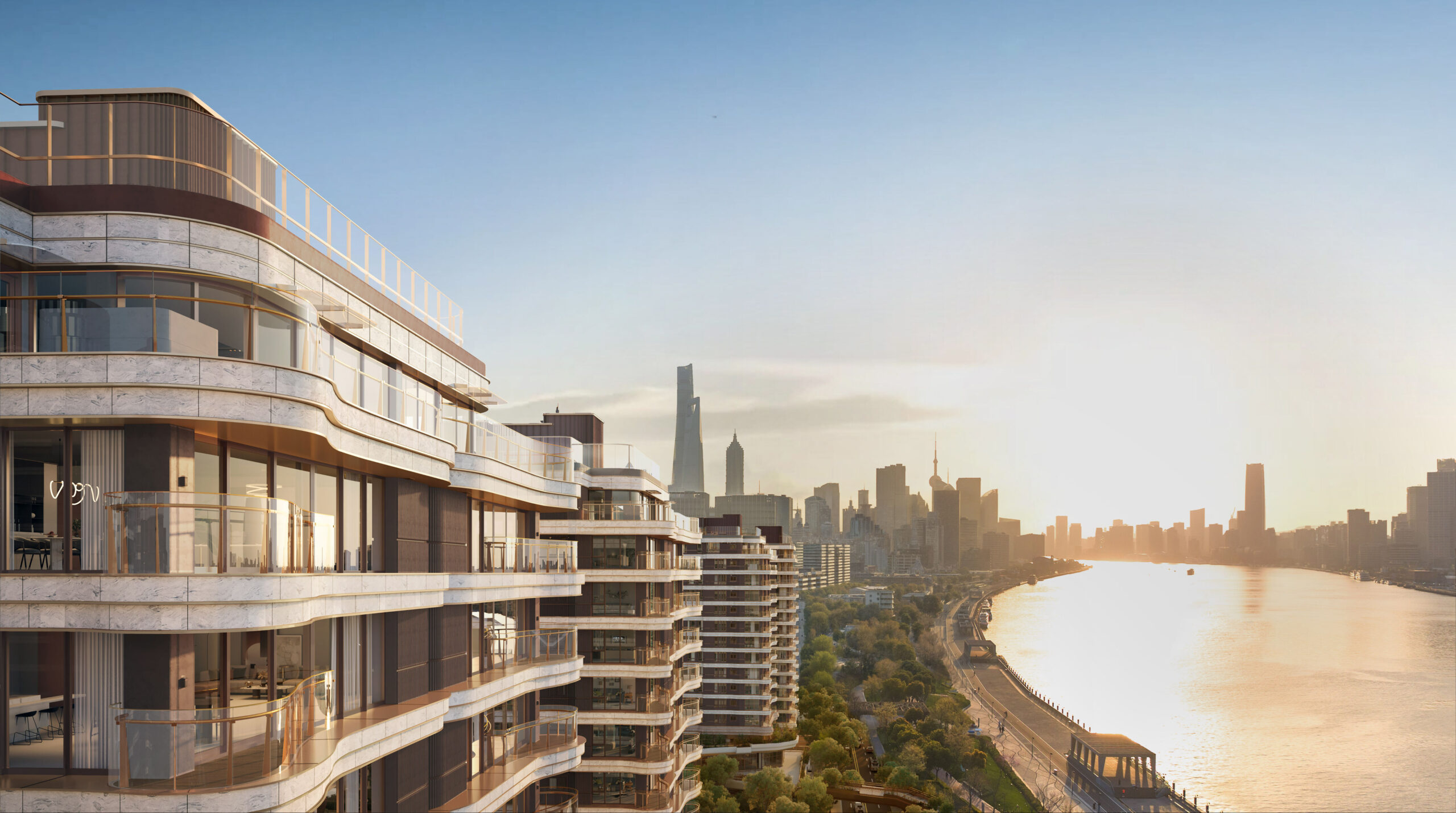
1. What does it feel like to win the Prize?
It’s really surreal. I’ve been taking part in the Prize for a couple of years and have never been shortlisted previously. Winning the category was definitely unexpected!
2. When did you develop a love for drawing and architecture?
I’ve enjoyed drawing and painting from a young age. When I did my undergraduate at The Bartlett, my tutors emphasised drawing as a method of communicating ideas. It was there that I saw drawing not as a technical tool but as a way to add a new dimension to representing ideas. At NUS, my tutors emphasised thinking of drawing as a method of dialogical design.
3. Do you draw in your spare time? If so, what do you like to draw?
Currently, I draw as part of my design process at Park + Associates. I typically draw perspectives and details to think through ideas and to discuss them with colleagues. Out of work, I tend to draw animal portraits.
4. Do you have a favourite artist or architect whose work particularly inspires you?
I’m a huge fan of Heatherwick Studio. In particular, how they often blend contemporary and site-sensitive design to create beautiful architectural details.

5. What are your favourite brands and model of pencils, pens and paper for hand-drawing?
For hand-drawing and painting, I typically use Derwent pencils and a mix of Daler Rowney and Windsor Newton paints. I do my sketches on a moleskin notebook for simple illustrations and drawing.
6. What is your favourite software for digital drawing and why?
I typically draw by hand with a Wacom tablet to create more free-hand illustrations. Using Adobe Illustrator allows me to work with colour and line weights that are ready for print.
7. Is there any particular building you’d like to draw or reimagine and why?
If I had to pick a building to reimagine, I would pick the Golden Mile Complex in Singapore. The building is an iconic part of the city’s architectural history and is a recurring source of fascination for Singaporean architects (like how Jerome Ng had done an incredible reimagination of the building).



8. What upcoming trends do you foresee in drawing?
I think AI will change the way we work and see things. With the relative ease and speed of producing high-quality images, I still think drawing will remain a method of thinking, analysing and communicating ideas. Perhaps we can see more compositions with AI-generated work? Who knows, but it’s an exciting frontier worth studying.
This post forms part of our series on The Architecture Drawing Prize: an open drawing competition curated by Make, WAF and Sir John Soane’s Museum to highlight the importance of drawing in architecture. View the winning and shortlisted entries of the 2023 competition.





